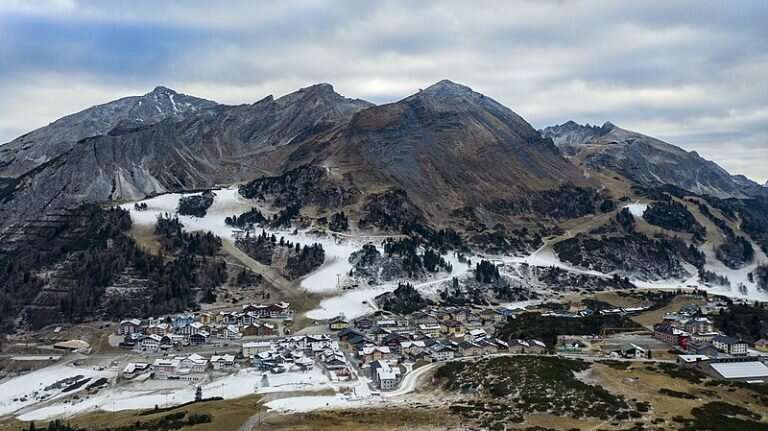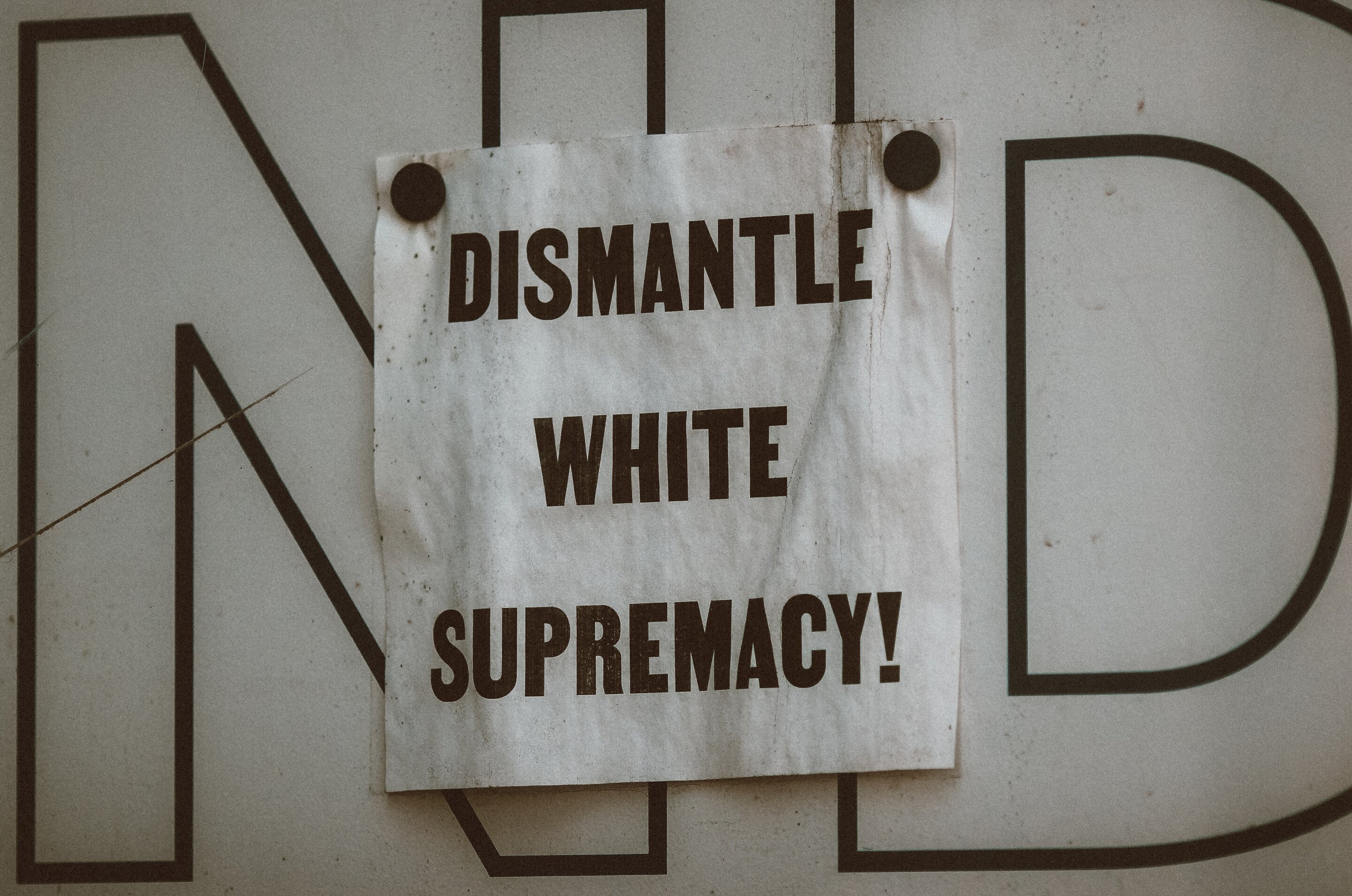#Is the ski industry self-destructive?
“#Is the ski industry self-destructive?”

March 5th. The government of Iceland was the first to declare Ischgl ski resort, in the Austrian Alps, a coronavirus risk area after a group of Icelandic skiers returned home infected. Nicknamed the “Ibiza of the Alps,” Ischgl is a hub for après ski party culture and attracts 500,000 visitors every winter. The resort has so far been linked to 2,000 coronavirus cases in six European countries. The provincial government of Tyrol, where Ischgl is located, is currently facing a lawsuit brought by individuals for having mismanaged the crisis. The will to remain open as long as possible has contributed to the spread of coronavirus, which ultimately led to the canceling of the full season. This unintentional self-sabotage for marginal gain is interestingly parallel to the short-sighted ways in which the ski industry often tries to adapt to climate change.
The ski industry is highly vulnerable to climate change. It relies on snow and ice, “which respond quickly to very slight changes as they are sensitive to the freezing level at 0°C,” Nacho López-Moreno, from the Pyrenean Institute of Ecology, a research institute on climate variability, told GlacierHub. It is worth noting that the equation “more heat equals less snow equals less money,” is a simplification, he explained. Other factors including weather and economic context are key to the success of a ski season. Still, the general rule is that a ski resort requires a threshold of 30 cm of snow cover and a minimal annual operation of 100 days to remain economically viable. Although artificial snowmaking has reduced dependency on natural snow conditions, this is not always sufficient. Recent projections indicate that an increase of global mean temperature of 1°C, 2°C, and 4°C would reduce areas available for skiing and snowmaking by 18 percent, 57 percent, and 87 percent, respectively. Moreover, glacier retreat and permafrost melting decrease the stability of infrastructure and mountain slopes.
To face climate change, ski resorts can do little other than addressing the symptom—low snow cover—through short- to medium-term solutions. Making snow, transporting it, elevating ski lifts; all of this can protect winter tourism in the next 30 years or so but “depending on scenarios and the elevation of the resort, it all falls into maladaptation at some point,” Loïc Giaccone, who has studied the impact of climate change in mountain regions at Paris-Saclay University, told GlacierHub. As snow guns, which are used to mechanically produce snow, require temperatures below 5°C to operate by projecting water into the cold air, they only delay the problem. Some alpine resorts are already up to 80 percent artificially snowed. “Parts of the Pyrenees are almost at full adaptive capacity in terms of snowmaking, so any small increases in temperature would threaten their activity for good,” López-Moreno explained. This heavy reliance on maladaptive snow guns, whose operation produces carbon emissions, as opposed to long-term transformations, is much like the poor tradeoff many resorts made this year with COVID-19. Instead of long-term stability, they’ve chosen marginal immediate profits.
Despite these uncertainties, funding for snowmaking infrastructures in Auvergne-Rhône Alpes, a main Alpine region in France, is “open bar,” said Giaccone. In 2018, the prefecture of Isère, a department in this region, ordered a study on future snow conditions to plan its snowmaking investments. The group of scientists, including from the Snow Research Center, found that, by 2050, skiing would not be threatened in the department. This finding provided firm support for the financing of snow guns. However, the same group of scientists conducted another research project to examine the longer run (2080-2100) at a national level. They found that, by 2080-2100, snow conditions would mostly depend on the global emissions trajectory. Most alarming would be an increase of almost 4°C, where no area would be able to operate with a natural snow cover, and only 24 of the 175 resorts studied would be able to operate using artificial snow. This change critically threatens the 120,000 jobs that rely on the ski industry in France.
The ski industry is a “very good example of the tension between adaptation and mitigation,” Samuel Morin, director of the Snow Research Center in France, told GlacierHub. To adapt to climate threats and protect employment, resorts invest in energy and water-intensive snowmaking infrastructures, which contribute to worsening the problem. While the carbon footprint of snow guns, ski lifts, and groomers only represents about 2 percent of overall emissions of French ski resorts (the main carbon cost being the transport of skiers, which accounts for 57 percent), it still illustrates the paradox of skiing. “By contributing to climate change, ski provokes the gradual disappearance of snow, the material on which it is practiced,” explained Giaccone.
In February, a polemic arose after the small Pyrenean resort of Luchon-Superbagnères helicoptered snow to cover its ski area, thereby ensuring its season. “It is all too easy to attack this example, but it reveals a structural problem,” explained Morin. Whether it is by making or transporting snow, the ski industry has to emit CO2 to keep up with an atmosphere increasingly filled with the latter.
Given current emission scenarios, the decline of the ski industry is a matter of time. Resorts are already looking into reducing dependency on skiing by developing other outdoor activities. “The use of ski lifts adapted to bikes is becoming a widespread summer activity,” López-Moreno told GlacierHub. “The Pyrenees have also become a reference place for canyoning,” he added. However, at the moment, these alternatives will not replace the revenues of the ski industry, which, in the Alps alone, are counted in dozens of billion dollars.
In Italy and France, over 360 ski resorts have already been abandoned. While most closings are a result of poor financing and mismanagement, the melting of glaciers and reduction in snow cover will likely become a primary cause of future ghost resorts, Giaccone told GlacierHub. Each winter, many low-altitude resorts fear becoming one of them. Had the pandemic hit a month before, 2020 could have added many stations to this lugubrious collection. Ski resorts reacted to COVID-19 in the same maladaptive way they have been to the climate crisis, and it resulted in a public health crisis and a canceled end of season. Perhaps the pandemic will show some resorts the failures of short-term thinking, especially when it comes to climate change.
This story is republished courtesy of Earth Institute, Columbia University http://blogs.ei.columbia.edu.
Is the ski industry self-destructive? (2020, July 8)
retrieved 8 July 2020
from https://phys.org/news/2020-07-industry-self-destructive.html
This document is subject to copyright. Apart from any fair dealing for the purpose of private study or research, no
part may be reproduced without the written permission. The content is provided for information purposes only.
If you want to read more Like this articles, you can visit our Science category.
if you want to watch Movies or Tv Shows go to Dizi.BuradaBiliyorum.Com for forums sites go to Forum.BuradaBiliyorum.Com



